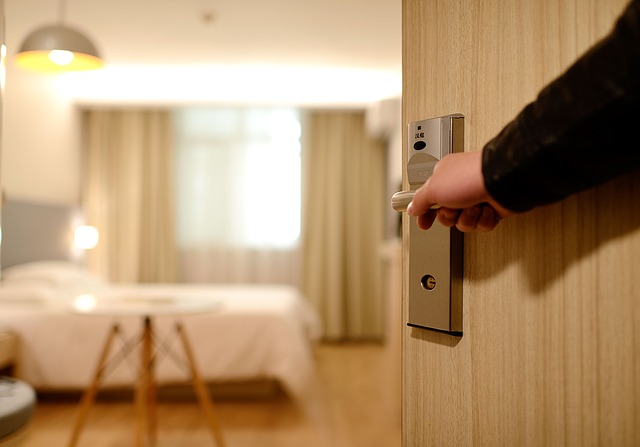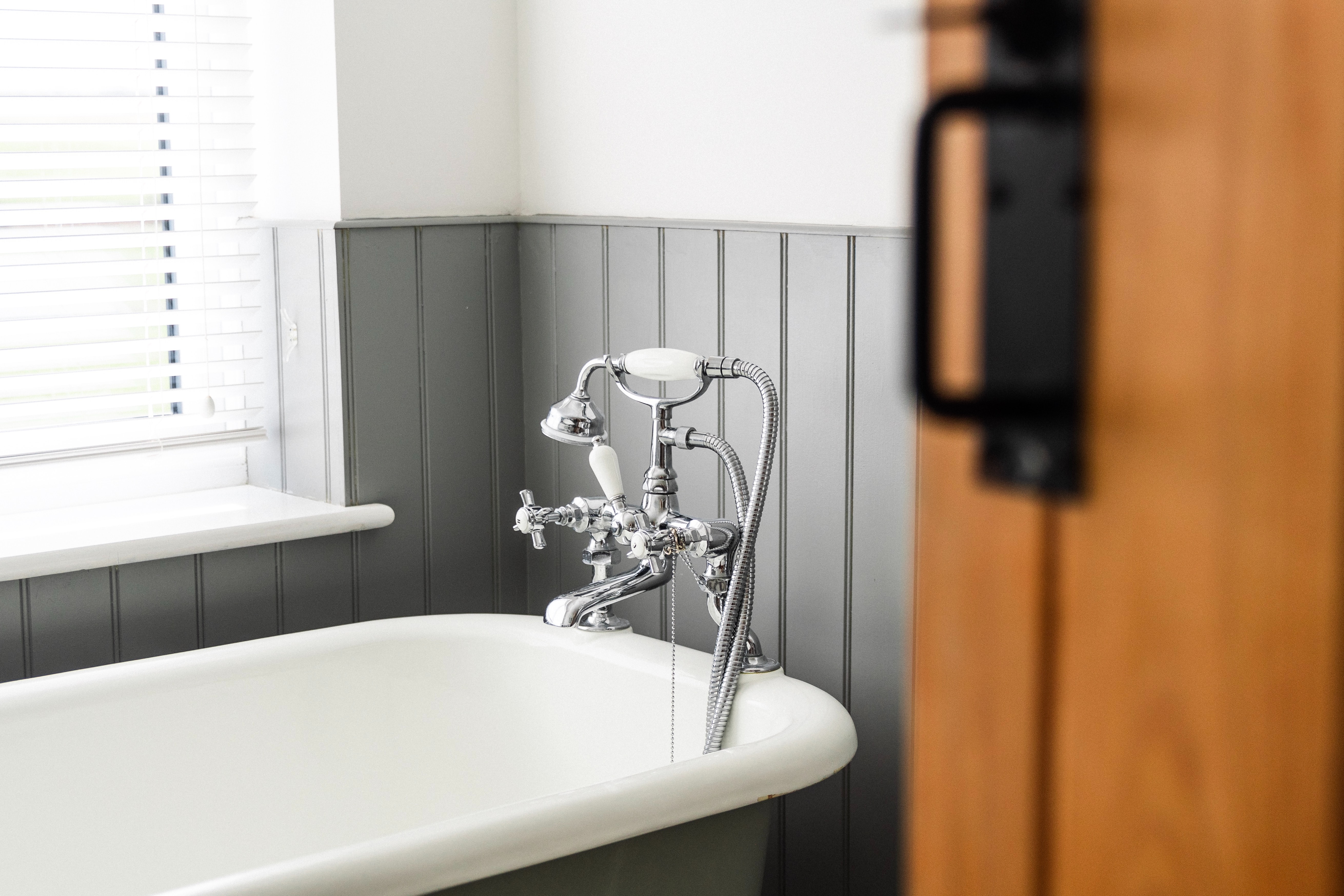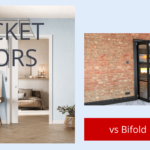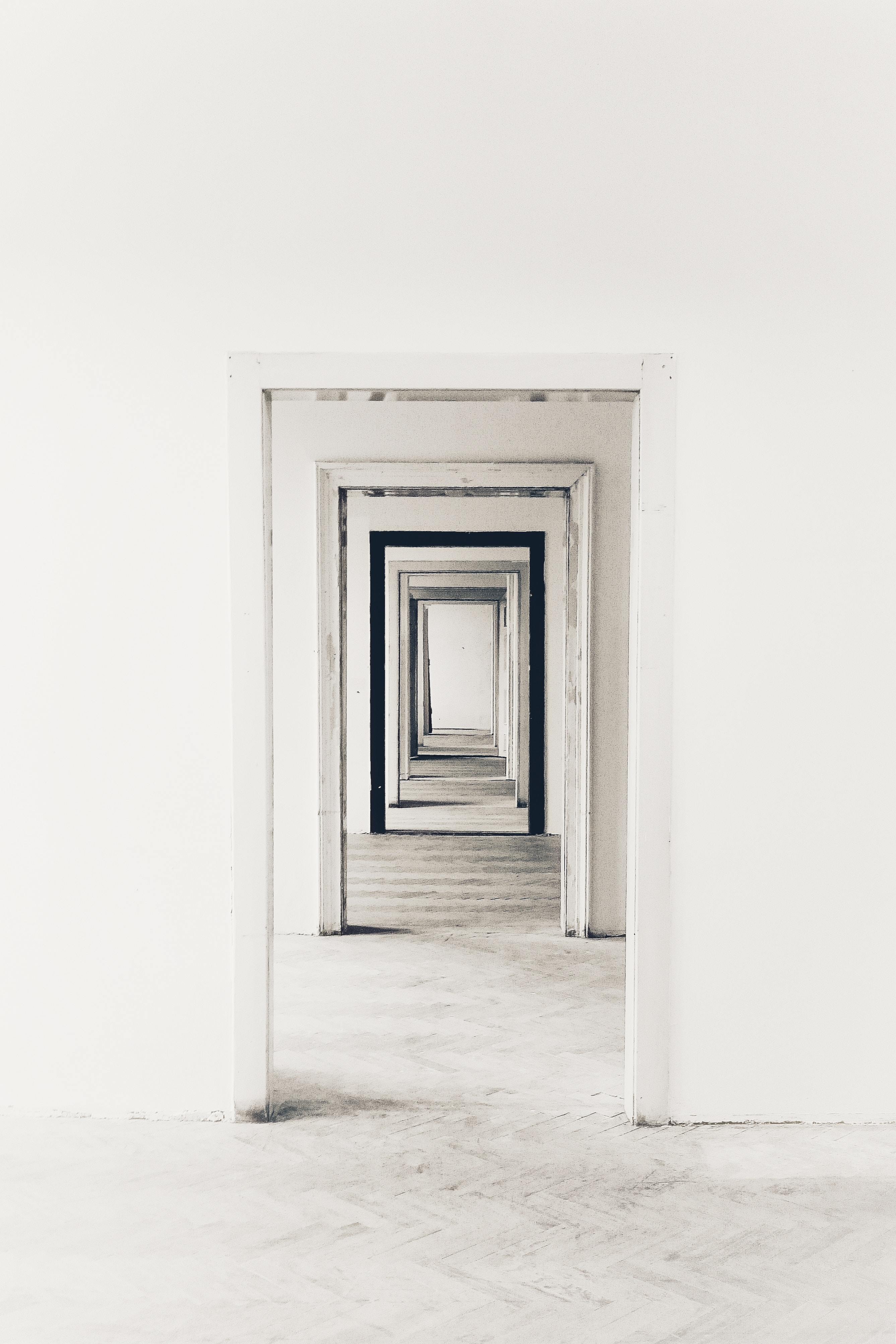Express Doors Direct ▸ Blog ▸ Flush Doors: Your Ultimate Guide
Last updated on July 22nd, 2020 at 01:20 pm
Doors come in an enormous range of different materials, colours and designs. For the most part, they can be divided into two categories. There are panelled doors, and there are flush doors. In this article, we’re going to look at flush doors.
What is a Flush Door?
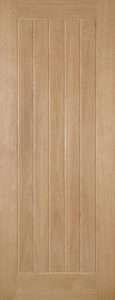
A flush door is one that comes with a plain facing on both sides. There isn’t any panelling, which tends to create a more modern aesthetic.
To more fully understand what a flushed door is, it’s useful to compare it to a panelled door. A panelled door consists of several wooden panels which are brought together at the end of the manufacturing process to create the final product. These components include rails (the horizontal beams that run across the door), stiles (the vertical beams that adjoin the rails) and the panels themselves (the flat pieces of wood that sit within the spaces).
How a Flush Door is made
Flush doors are built very differently. They are built from a skeletal frame of wood, which is then covered with a sheet of very thin timber on both sides to create the impression of a solid object. In many cases, the space between the two sheets is filled with insulating material – typically particle board, MDF or fire-retardant material. This is known as a solid-core door.
A related technique involves taking many vertical lengths of inexpensive wood and gluing them together to form the core of the door. This can then be covered at the edges, front and back with a veneer of more high-quality wood. The presence of high-quality, inflexible wood at the edges helps the door to retain its dimensions over the years. These vertical planks are called stiles, and this design of door is called a stave-core.
In some cases, the space between the veneer is left empty, and the door ends up hollow. Doors of this sort are called ‘hollow-core’, and they inevitably end up lighter. They tend to be poor insulators of both sound and heat, and they feel a little bit flimsy when you’re opening and closing them. With that said, they can be manufactured very cheaply, and thus they appeal to households on a budget.
As you can probably tell, there’s a great deal of variety within the flush-door family, and thus it’s worth looking closely at what you’re getting before committing to a purchase. What might appear to be a bargain might well be the result of corner-cutting when it comes to insulating materials – and if this isn’t what you’re after, you can save yourself a lot of hassle by investigating whether you’re getting a solid, stave-core or hollow door.
What are the Benefits of a Flush Door?
A flush door tends to offer a clean, simple look. It’s lightweight, mobile and easily installed. Let’s see how the flush door compares with other varieties.
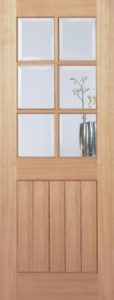
Flush Door vs Panel Door
The most obvious differences between these two are visual ones. It’s difficult to go wrong with straight lines, particularly in modern buildings where cleanness and simplicity are paramount. You can always add visual interest to a space with decorative pictures and potted plants, after all! Flush doors tend to work great with modern rose-style locks and lever handles, which tend to match with modern office buildings.
With that said, flush doors tend to match poorly with period buildings where there’s a pre-existing look to maintain. Of course, beauty is in the eye of the beholder, and personal preference will always play a role in our choice of door.
The simplicity of a flush door allows it to be manufactured relatively inexpensively (which at least partly explains its appeal in apartment complexes and office buildings). If you’re shopping for multiple doors for the same building, whether it’s a home or a workplace, then the economy of the design is likely to appeal.
The interior of a flush door offers greater space for insulating and fireproofing materials (because there’s no need to accommodate little indentations for flush panels. As such, you’ll find that they’re ideal for areas where security is a concern. Just think of those big, heavy flush doors you find in kitchens and hospitals, with a pair of vertical glass panels sitting just next to the handle. Kitchens, hospitals and other buildings where fire control is paramount will all use flush doors. At the same time, they’ll also fit nicely into music studios, cinemas, and other environments where sound insulation is vital.
While it’s possible to create panelled doors which offer the same level of insulation, these tend to be prohibitively difficult to manufacture, and excessively thick. For specialised fire doors, a layer of special plasterboard is often sandwiched into the interior of the door, and panelling on the surface makes doing this very difficult.
Flush Door vs Solid Door
Hollow-core flush doors are very lightweight, which means they can be moved around with ease. As such, getting them into their frames is often very straightforward – as is getting them out when you decide to repaint or redecorate.
Solid doors, on the other hand, can take a real beating, and come with robust locking mechanisms. This makes them an ideal choice in buildings where security is a particular concern. Again, offices and blocks of flats are an obvious candidate.
If you’re going for a stave-core door, you’ll benefit from excellent dimensional stability. One of the drawbacks of timber is that it’s slightly porous. This allows moisture to slip between the fibres of a given length of wood, contracting and expanding in response to changes in heat and pressure as it does so. The design of the stave-core means that the warping effect of each stile will counteract that of the neighbouring ones, thereby reducing the warping effect overall.
Conclusion
There are certain settings where flush doors are an obvious choice. They’re inexpensive, perform brilliantly, and offer a winning aesthetic that’ll sit well in public buildings and offices, as well as modern homes.
Related Posts:


Delve into our feature with Ideal Home to explore your #BifoldDoor options for 2025 and see our team's recommendations.
From sizes and styles to practical tips, this article is not one to miss!
@followers

 Our best value patio doors are now more affordable than ever with freshly lowered prices.
Our best value patio doors are now more affordable than ever with freshly lowered prices.Brighten up your space, enjoy stunning views and create seamless access to your outdoor area before summer truly kicks in.
See what's in stock and grab your delivery slot now: https://www.expressdoorsdirect.co.uk/patio-doors
@followers

Seeking contrast between cosy cottage vibes and modern aesthetics, Keeley needed the best black #InternalDoors to complement her living area.
The challenge? Finding a contemporary design that kept the space light and airy. We had the ideal solution: Greenwich Black Clear Glass Internal Doors by LPD Doors.
Learn more about this project at expressdoorsdirect.co.uk/case-studies/industrial-doors-for-a-modern-cottage-living-space
@followers




















































